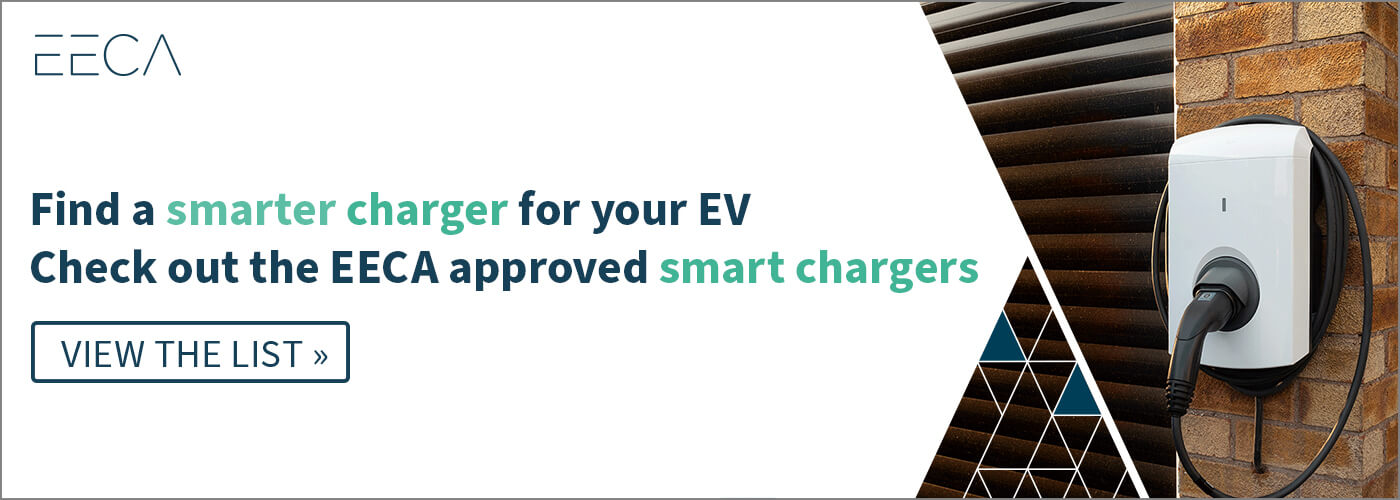The New Zealand Government, alongside several innovative private companies, has made substantial commitments to establishing a robust charging network across the country, to make electric vehicle charging locations accessible to all.
There are thousands of public electric vehicle charging stations across New Zealand. You can find them in public areas like supermarket car parks, shopping malls, campgrounds, tourist spots and beaches. Most major petrol companies have also installed EV chargers at many of their sites, making charging your electric vehicle on the go easier than ever.
How much do public electric vehicle chargers cost to use?
The cost of public electric vehicle chargers across New Zealand varies. Most rapid charging stations cost about $10 per 100km. The charge time to 80% from ’empty’ is about 20-30 minutes, depending on the car, as opposed to roughly eight hours for a conventional slow charge at home.
Standard chargers can take several hours, but they are usually free to use. You can find a full list of all New Zealand public electric vehicle chargers, including which are free to use, on the NZTA website.
Ways to pay for public ev chargers
Depending on the public charger, there are two primary ways to pay for charging your EV.
- Debit or credit card. Most public EV chargers allow drivers to pay wirelessly, similarly to how you’d pay at a self-serve petrol station.
- Some other public EV charging stations will offer or require you to download an app for ease of payment with a registered account.
Not all EV charging stations will require you to register, and for the most part, you can pay as you go.
AC VS DC ELECTRIC VEHICLE CHARGERS
There are two different types of public electric vehicle chargers you’ll find available on New Zealand roads: AC and DC chargers.
AC stands for alternating current, and DC stands for direct current.
The power that comes directly from our Kiwi electricity grid is AC power, but our EV batteries can only store DC energy. Because of this, all AC power needs to be converted into DC power. That’s where the difference between AC and DC charging comes in – whether the conversion takes place inside or outside your electric vehicle.
AC CHARGERS
All electric vehicles have in-built converters that convert the AC power to DC power. When you plug into an AC charger, your car will automatically change the power to DC for you, so it can be stored in the safely battery. This is why AC chargers take a little longer to charge your vehicle than DC chargers.
AC chargers are the best option for regular use and are often free to use as well. Because they take longer to charge, we’d recommend using these while you do day-to-day tasks, like grocery shopping.
Charge time: Public fast AC chargers (AC: 7-22kW) take approximately 4 hours to fully charge an EV*
DC CHARGERS
DC chargers are impressively effective because they’re designed to already convert the energy from AC to DC before the power even reaches your car. The power will be fed into your battery directly, taking less time to charge fully and requiring less work from your EV.
DC chargers are ideal for when you need to quickly top up your EV battery and get back on the road. That said, we wouldn’t recommend using public fast chargers too frequently as over time they will begin to wear the battery down.
Charge time: Public rapid DC chargers (DC: 50kW+) take approximately 45 minutes to fully charge an EV*
*Charge times are approximate and vary depending on factors such as how full your EV battery is and the type of charger.
EV CHARGER MAP
This map is set to your current location by default but feel free to zoom and pan around to see more.
Please view the map in landscape orientation for the best experience.
Tips for using a rapid EV charger
- Most fast charging stations will have the standard charging cable and plugs already for EV owners to use. Standard chargers usually require you to bring your own cable.
- You just attach the cable to your charging port, enter payment to the station and wait for your car to charge.
- Some fast charging stations, like those installed by Chargenet, have apps and other features to allow ease of payment with a registered account.
- Don’t use fast chargers all the time; it could wear your battery down.
- If you’re in a hurry, just charge to 80%. The last 20% of the battery takes longer to charge.
- Many plug-in hybrid EVs can’t use fast chargers. For these cars, you can still use the slower public chargers.


